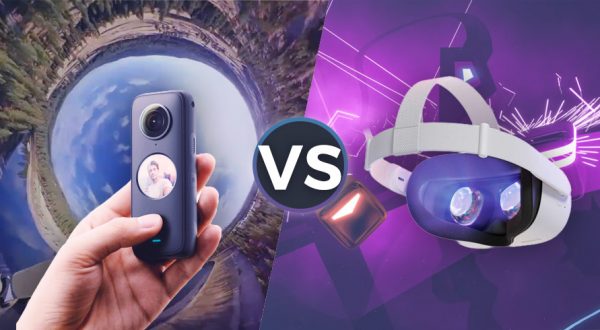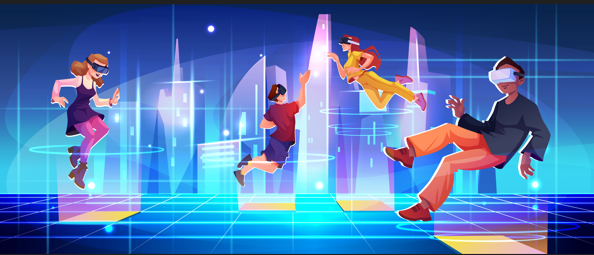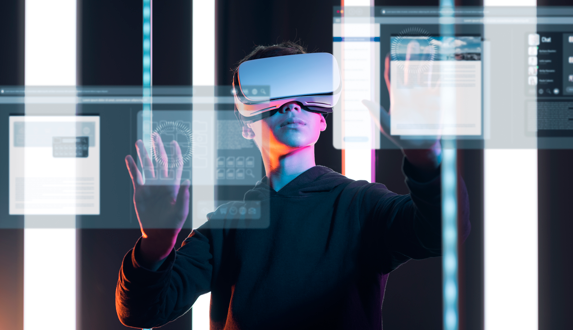Virtual Reality and Cinema: Here’s How “The Lion King” was Filmed
After directing “The Jungle Book” in 2016, director Jon Favreau returned to the cinema with a remake of a Disney classic: “The Lion King.”
Already a box office hit worldwide and among the top 10 highest-grossing films in the history of cinema, “The Lion King” made its Italian cinema debut on August 21, 2019, bringing not only a story that has touched generations but also a new way of making movies.
Why? Because of the extensive use of gaming technologies that, until now, have been (almost) unexplored territory in films, especially virtual reality.
THE LION KING | FILM SET
In 2017, German Lussier and the team at Gizmodo had the opportunity to visit the film’s “set” in Playa Vista, California.
The entire film was created inside a single building, where 150 people worked on most of what can be seen on the big screen: from the story and design to editing, visual effects, sound, and everything else, all within this single space.
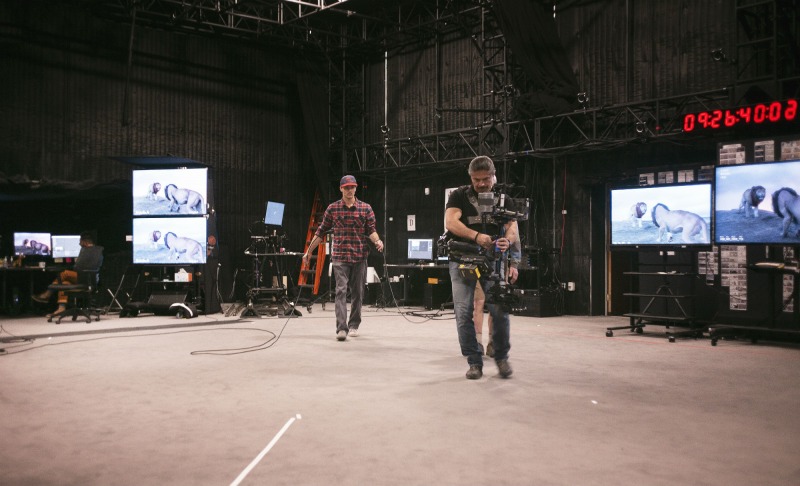
What immediately stands out as different about this film is the set: a vast empty space with no actors, no green screens, no motion capture, just an empty room.
Surrounding this large empty space were dozens of 120-inch touch screen monitors, camera equipment, computers, and the real protagonists: VR headsets.
THE LION KING AND VIRTUAL REALITY
Let’s now delve into the technical details of how the film was made.
“The Lion King” is a virtual production, and everything is 100% animated.
All the film’s settings and characters were recreated in a virtual set, managed and viewed by the film’s producers through VR headsets, primarily HTC Vive.
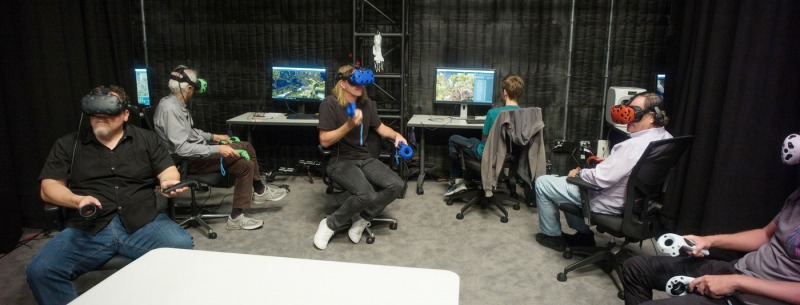
Using the Unity game engine, the team had access to software that allowed them to control lighting, change landscapes, decide camera paths, alter camera objectives—essentially, everything that can be done on a real set and more.
“More” because the filming was done in VR, in a space with no physical limitations. Need the scene to look better with the sun in a different position? It can be moved. Need more trees? More hills? Everything is possible.
Once the set was deemed ready, the producers and director of photography, Caleb Deschanel, used real cameras connected to computers to shoot the various takes, manually creating camera movements and shots, while the rest of the crew observed the results on screens at the sides of the set.
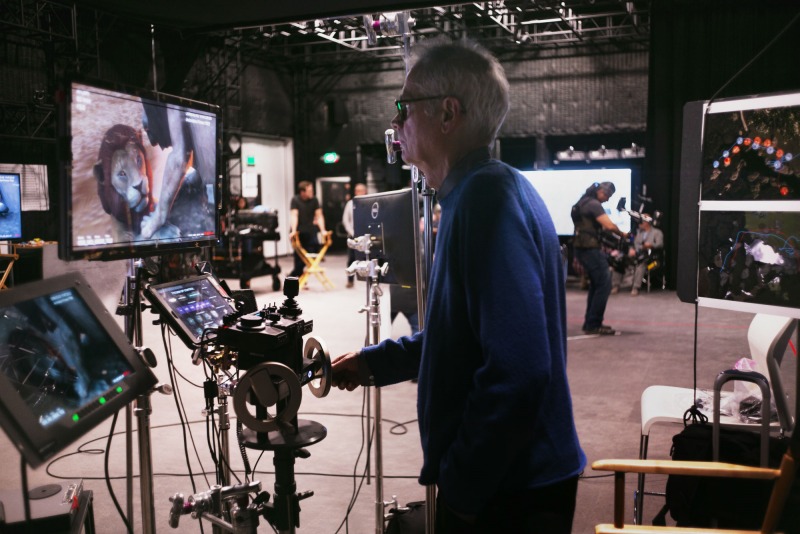
The sensation for those who visited the set was that of being in a kind of 360° 3D video game:
“We basically built a true multiplayer virtual reality game just for this film,” says director Favreau, who collaborated with Ben Grossman (Magnopus), the virtual production supervisor for the film.
The footage then moved on to the next stage: VFX (visual effects).
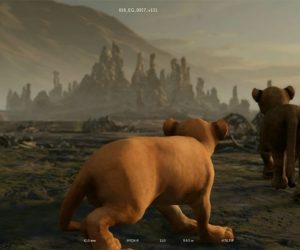
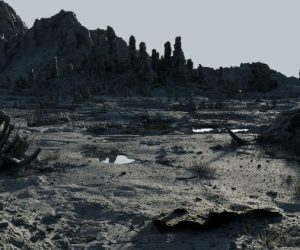
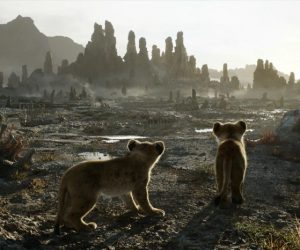
VIRTUAL REALITY AND CINEMA
Virtual reality technology presents an entirely new approach to cinema, as director Favreau states:
“It opens up new paths, not just through the headsets but also by allowing you to be the camera itself. The work is changing, and it particularly changes the way we construct what we shoot. There is still much potential innovation in this area, and many possible investments in these types of technologies that are enormously helpful.”
VR is therefore fertile ground in the field of cinema, further eliminating limitations and opening up new possibilities—from constructing a virtual environment and freely exploring it to building virtual sets and managing character movements.
